Optimal Timing for Tree Diagnoses
Tree diagnosises are most effective when conducted during specific times of the year, depending on the type of assessment required. Proper timing ensures accurate identification of issues such as diseases, pests, or structural weaknesses, enabling appropriate interventions. Understanding seasonal variations in tree health can significantly impact the success of diagnostics.
Spring is ideal for diagnosing infections and pest activity as trees begin their active growth phase, revealing early signs of health issues.
Summer allows for thorough evaluations of leaf health, canopy density, and signs of stress, which are more visible during full foliage.
Fall provides an opportunity to assess structural integrity before winter, with leaf fall exposing branches and trunk conditions.
Winter is suitable for examining bark, trunk, and root systems, especially when deciduous trees have shed their leaves, revealing hidden problems.

Ways to make Tree Diagnosises work in tight or awkward layouts.

Popular materials for Tree Diagnosises and why they hold up over time.

Simple add-ons that improve Tree Diagnosises without blowing the budget.

High-end options that actually feel worth it for Tree Diagnosises.

Finishes and colors that play nicely with Tree Diagnosises.

Little measurements that prevent headaches on Tree Diagnosises day.
Tree diagnosises involve evaluating various aspects of tree health to identify potential issues that could affect longevity and safety. These assessments typically include visual inspections, structural analysis, and sometimes laboratory testing. Accurate diagnostics can prevent severe damage or failure by addressing problems early. Regular evaluations are recommended based on seasonal changes and specific tree conditions.
| Season | Recommended Diagnostic Focus |
|---|---|
| Spring | Early detection of pests and disease symptoms during active growth |
| Summer | Monitoring leaf health and signs of stress or dehydration |
| Fall | Assessing structural integrity and preparing for winter |
| Winter | Examining bark, trunk, and root systems for hidden issues |
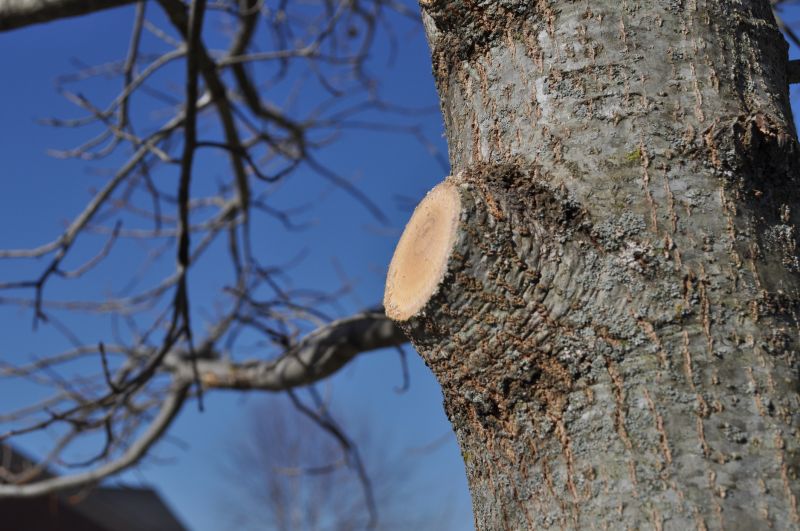
A 60-second routine that keeps Tree Diagnosises looking new.

A frequent mistake in Tree Diagnosises and how to dodge it.
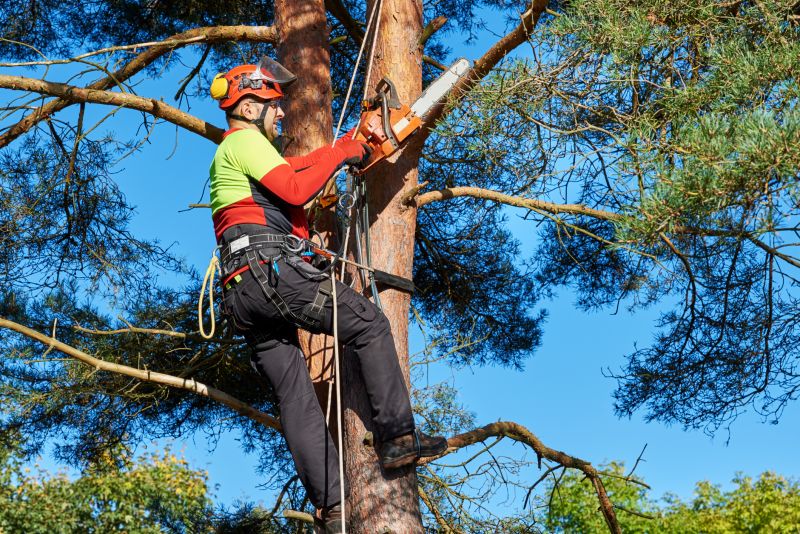
Small tweaks to make Tree Diagnosises safer and easier to use.
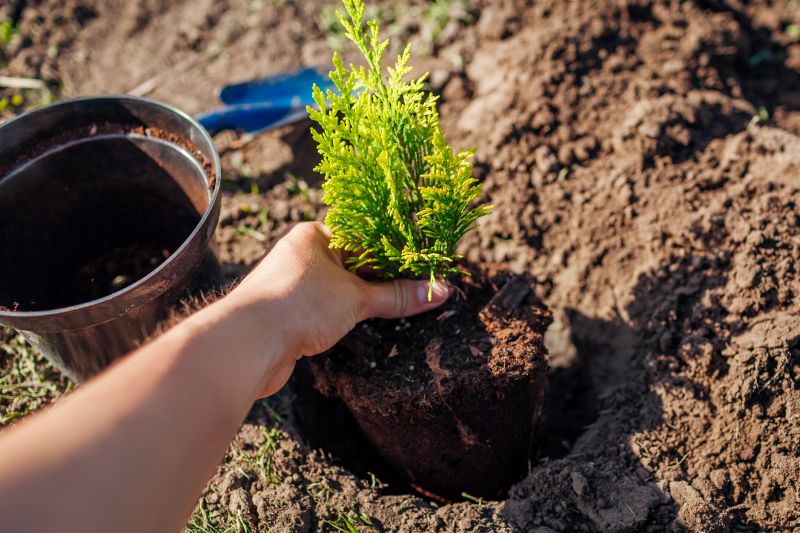
Lower-waste or water-saving choices for Tree Diagnosises.
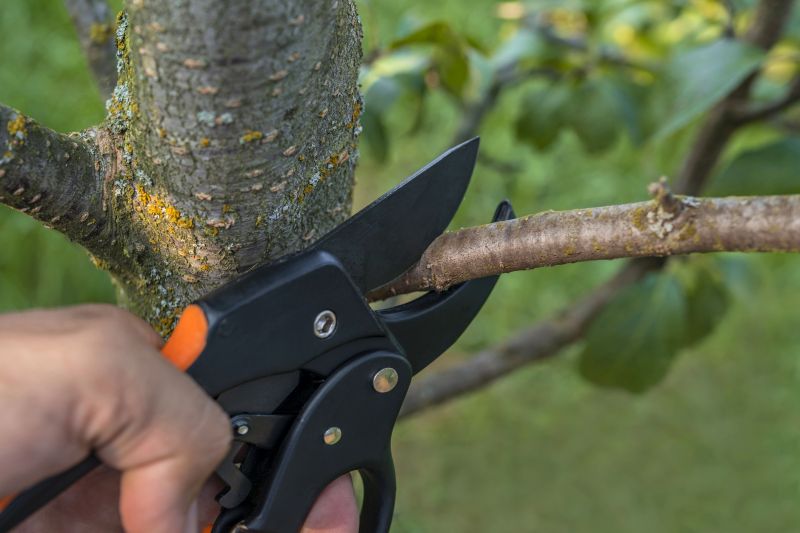
The short, realistic tool list for quality Tree Diagnosises.

Rough timing from prep to clean-up for Tree Diagnosises.

Quick checks and paperwork to keep after Tree Diagnosises.
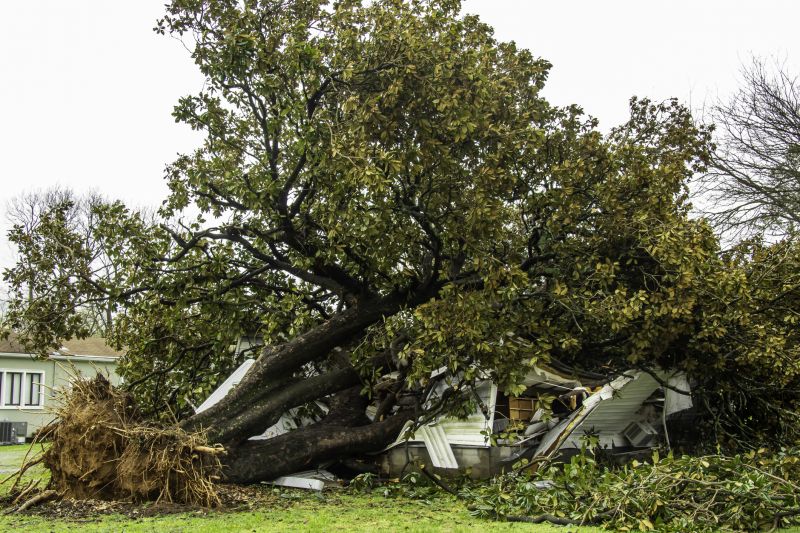
Examples that show the impact a good Tree Diagnosises can make.
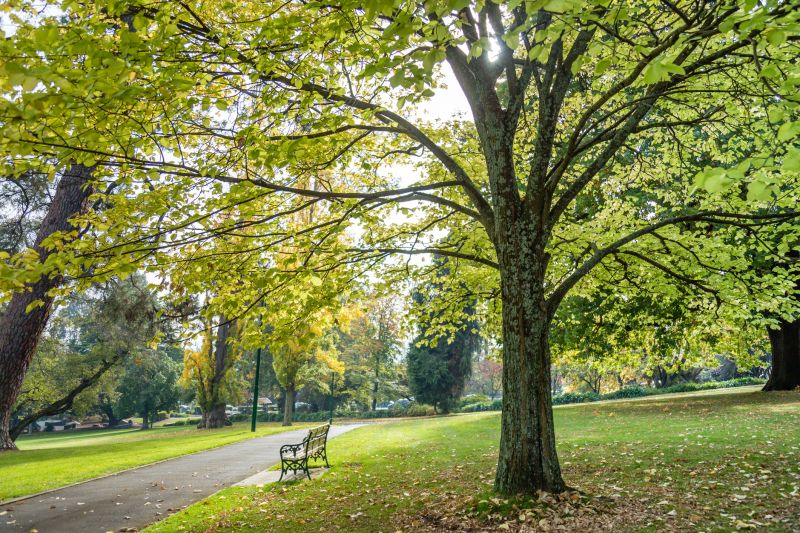
Ways to make Tree Diagnosises work in tight or awkward layouts.
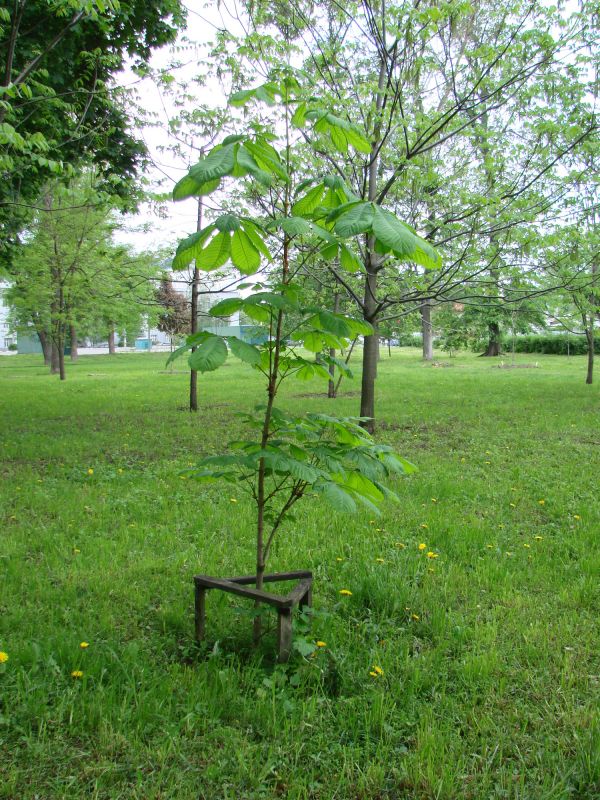
Ways to make Tree Diagnosises work in tight or awkward layouts.
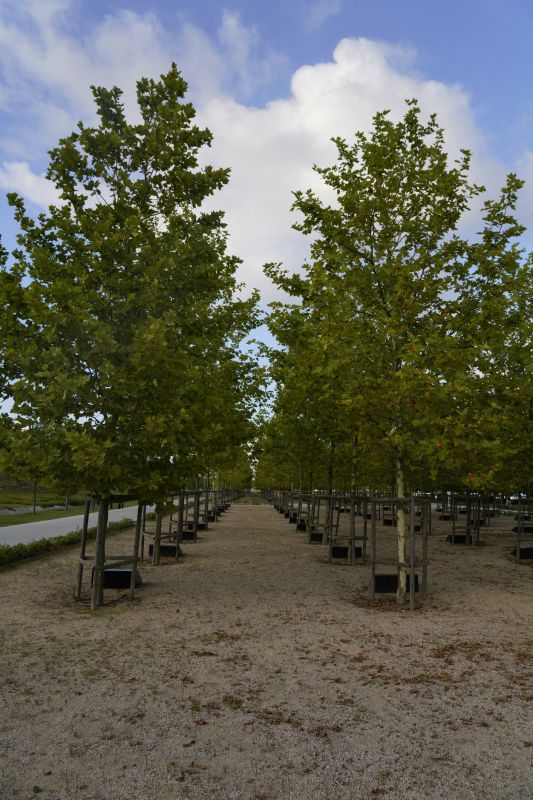
Ways to make Tree Diagnosises work in tight or awkward layouts.

Ways to make Tree Diagnosises work in tight or awkward layouts.
Engaging in tree diagnosises during optimal seasons enhances the accuracy of assessments and helps in planning effective management strategies. Whether addressing pest infestations, disease, or structural concerns, timing plays a crucial role in achieving reliable results. Regular diagnostics contribute to maintaining healthy, stable trees and preventing potential hazards.
Interested in scheduling a tree diagnosise? Filling out the contact form provides an opportunity to discuss specific needs and receive tailored recommendations for your trees' health and safety.



